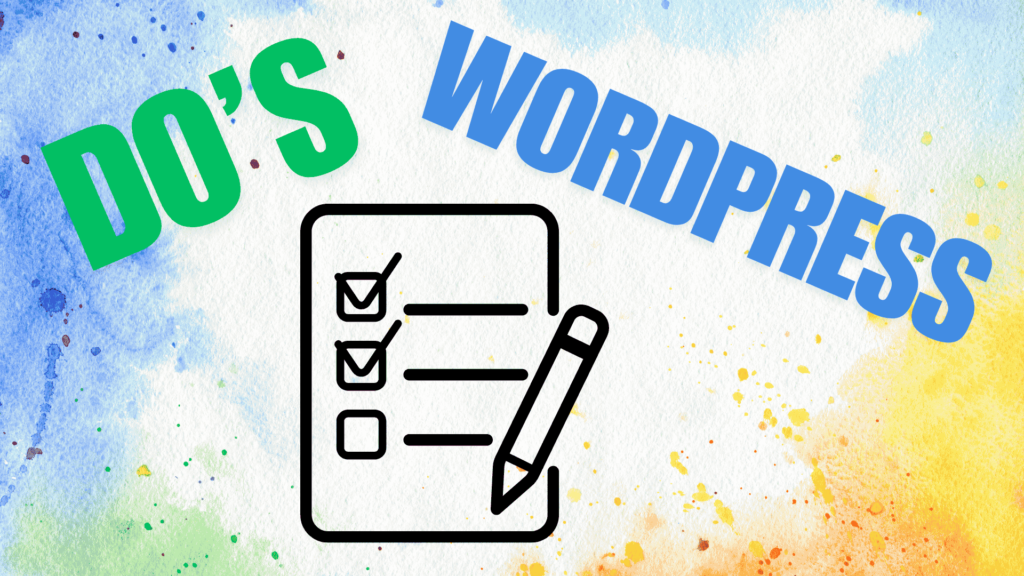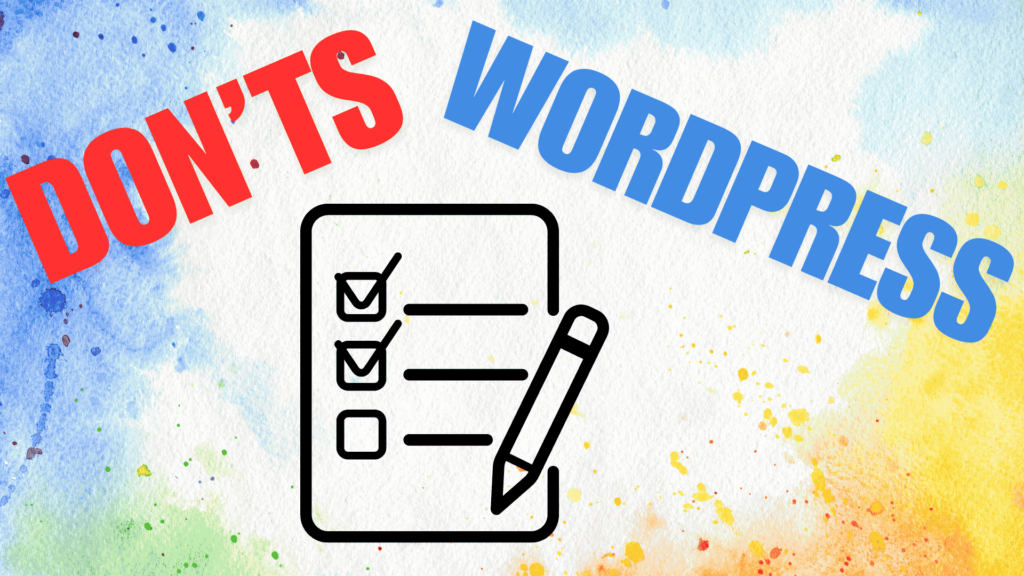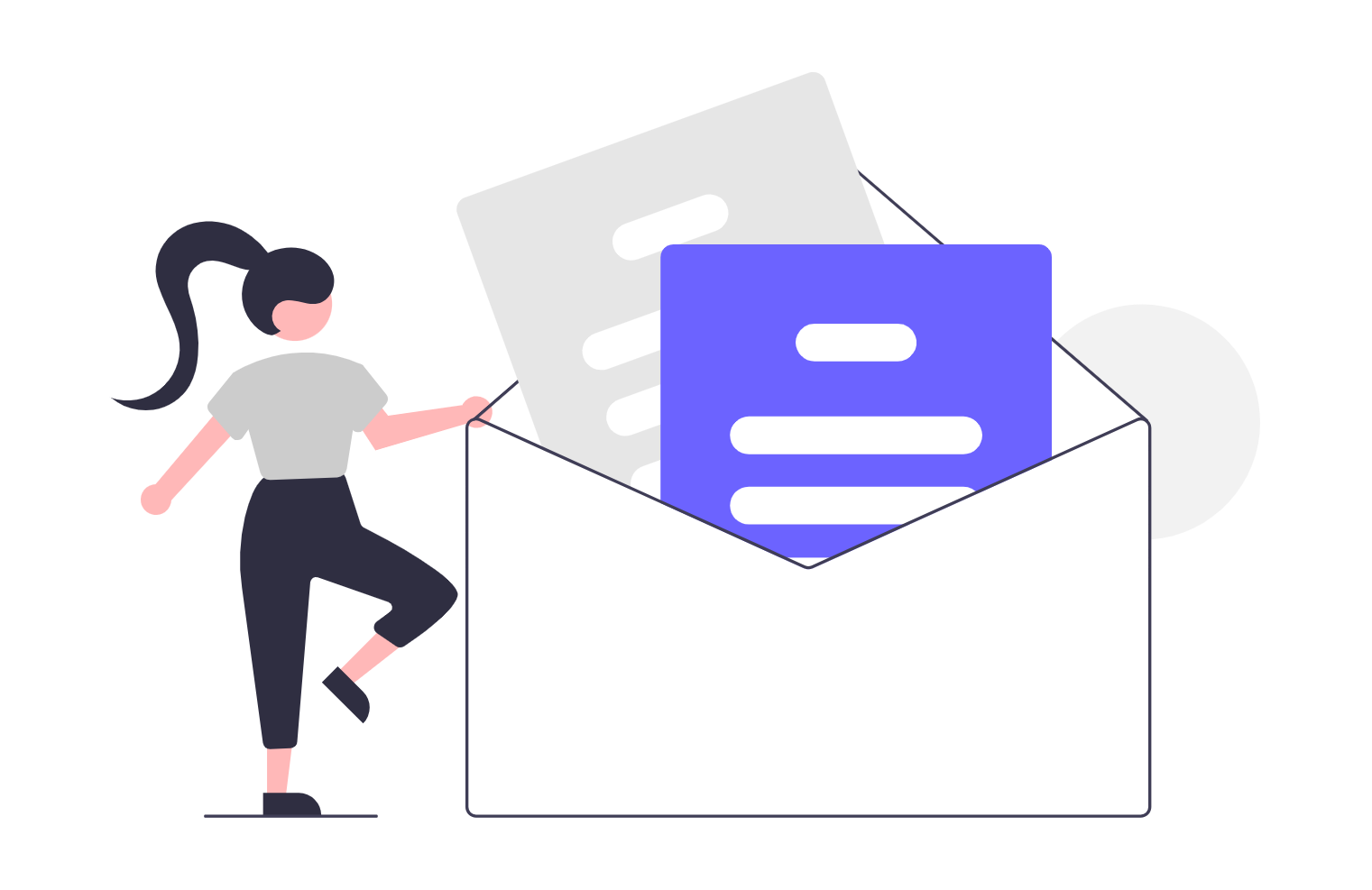Choosing a WordPress theme is one of the most important tasks while making a website. As thousands of options are available, it can be difficult for beginners to pick the one that best suits their website’s needs. The best WordPress theme improves your website’s design and ensures a smooth user experience and website performance. This blog will guide you through the do’s and don’ts for the best theme selection process. You need a WordPress theme that supports your website’s goals, boosts SEO, and engages visitors. Let’s walk through the critical points to help you choose the perfect WordPress theme for your website.
The Importance of Choosing the Right WordPress Theme
Choosing the best WordPress theme is essential for the success of a website. WordPress theme tells your website’s look and feel and creates the first impression in the visitors’ minds. In addition, a well-structured theme improves user experience and enhances engagement. At the same time, a poorly chosen WordPress theme can lead to higher bounce rates and a negative brand image.
Besides design, the right WordPress theme increases your website’s performance and SEO. Lightweight themes with clean and straightforward coding improve loading speed, which is a key ranking factor for search engines. Most importantly, responsive themes ensure that your website looks great on all devices, improve accessibility and complete mobile-first indexing requirements.
So, investing time in choosing the best WordPress theme for your niche lays the perfect foundation for building your website. With the ideal theme, you can focus on content and growth, knowing your site is optimised for users and search engines.
Do’s: For Choosing a WordPress Theme

To increase the productivity of your WordPress theme, it’s necessary to follow the best practices. Start by selecting a lightweight, SEO-friendly theme for your niche. Look for themes with clean code, responsive design, and customizable options to ensure your site performs well.
Therefore, always update your WordPress theme regularly to maintain compatibility and functionality with plugins and the WordPress code. Keeping your theme updated improves security, removes bugs, and performs at its best. You must customize your theme entirely to focus on creating a user-friendly interface with a consistent design that enhances your visitors’ experience. These practices will unlock the best performance of your theme.
1. WordPress Theme Defines Your Website’s Purpose
Your WordPress theme must define your website’s purpose by its looks and feel. Your website can be a blog, e-commerce store or portfolio website, its theme should align with your website’s goals. In the second place, purpose purpose-friendly theme by its looks improves functionality and increases user experience by showing a clean and pleasant interface as required by the audience’s needs. A theme aligned with your website’s purpose saves you time by minimizing the need and time for using extensive customizations and expensive tools.
Matching your theme with the website’s goals creates the best foundation for success. Themes showing the website’s purpose convey your brand message more effectively and make it easier to engage new visitors. If your website is a blog, you must look for a theme focusing on readability, an e-commerce site, then choose a theme compatible with WooCommerce. If it is a portfolio website, go for a minimalist design theme.
2. WordPress Theme Must Be Responsive
As today’s world is mobile-first, a WordPress theme needs to be responsive to ensure a seamless experience for visitors across all devices. Furthermore, a website with a responsive theme automatically adjusts its layout and design that fit the screens of all gadgets, tablets and smartphones. Responsiveness improves your website’s search engine rankings, and Google’s search engine counts responsiveness as a key factor for Google’s mobile-first indexing.
In other words, spending time on a responsive theme will result in future-proofing of your website. As mobile users are increasing, a responsive theme helps you stay competitive and ensures your website performs well in search visibility.
3. Check for Regular Updates
Regularly updating your WordPress theme is essential for securing and maintaining a high-performing website. The theme developers periodically send updates to fix the bugs according to the latest WordPress core and plugin versions. Suppose you don’t update your theme; it’s more likely to face security threats and performance issues, which can downgrade your website’s SEO rankings. Before choosing a theme, check that it includes consistent updates from the developer.
4. Must Read Reviews and Ratings
User feedback, reviews, and ratings tell the story of a WordPress theme’s performance, usability, and reliability. Additionally, reviews of people highlight the strengths, weaknesses, and other problems like ease of customization, slow loading speeds or poor support from the developer.
A theme with high ratings and positive reviews indicates that it is performing well and is trusted by the users. Must see the user’s comment about the theme’s responsiveness, SEO optimization, and compatibility with plugins. These indicators are very helpful when choosing a theme for a successful website.
Don’ts: For Using a WordPress Theme

Never judge a theme by its looks and appearances. As compared to looks and appearances, performance is the most essential property of a successful theme. Likewise, responsiveness, loading speed, and SEO optimization are more important than the looks and appearance of the theme.
Plugins take up significant space of your theme, can overload the theme, and will ultimately reduce the loading speed, so avoid using excessive plugins. Too many customizations can slow down your website and create compatibility issues with the other plugins and features. So, install only the necessary plugins.
Don’t ignore updates for your WordPress theme. Updates ensure the security and compatibility of a website. In brief, avoiding these mistakes will maximize the potential and productivity of your WordPress theme.
1. Don’t Use Pirated WordPress Themes
You may have seen many less-priced WordPress themes, but they are pirated. They are cost-saving options but come with many other risks like security and performance issues. They often have malicious code that can risk your sensitive data and reputation. Moreover, these themes don’t have proper timely updates, which will increase bugs and compatibility issues. Ultimately, it will reduce the search engine ranking.
Always invest in a few themes that come from trusted sources, and if possible, go for the premium one. This option will ensure the security and functionality of your website, and it will help the developers design themes according to your requirements. Safety and performance should be your priority for choosing the theme.
2. Don’t choose themes with bloated codes and unnecessary features
Website themes having excessive features and colours may look appealing to the eyes, but in real-time, they contain bloated codes and unnecessary plugins. These unnecessary plugins will slow down your website’s loading speed. Hence, the visitors will ultimately face poor user experience, reducing the search engine ranking.
Above all, Google loves lightweight themes and the ones which are loved by visitors.
3. Don’t Choose a WordPress Theme that isn’t Mobile-Friendly
In today’s world, the number of mobile users is significantly increasing. Presently, the maximum number of searches on Google are from mobile phones. So, if your WordPress theme is not mobile-friendly, you are already out of the game. It will reduce the opportunities to grow your website’s business.
Moreover, Google loves the websites on top ranking that are mobile friendly. It is also an essential part of Yoast SEO. Mobile-friendly themes improve Google’s ranking of the website. Engage visitors to the website for a longer time as people have more mobile time than computer time.
Conclusion
Choosing the best theme is essential for the success of a website. The theme tells your website’s look and feel and creates the first impression in the visitors’ minds. The right theme increases your website’s performance and SEO. In addition, your WordPress themes must define your website’s purpose by its looks and feel. It must align with your purpose to save time by minimizing the need and time for using extensive customizations and expensive tools.
As today’s world is mobile-first, your WordPress theme needs to be responsive to ensure a seamless experience for visitors across all devices. Responsiveness improves your website’s search engine rankings. Whenever indexing is concerned, Google’s search engine counts responsiveness as a key factor for Google’s mobile-first indexing. Moreover, before choosing a theme, check that it includes consistent updates from the developer. The theme developers periodically send updates to fix the bugs according to the latest WordPress core and plugin versions.
Your WordPress theme must have high ratings and positive reviews. It indicates that the theme is performing well and trusted by the users. Always invest in themes that are developed by trusted sources. If possible, go with the premium one; it will ensure the security of your website. Premium plans include the option to design your theme from developers according to your requirements. Lastly, don’t choose themes with bloated codes and unnecessary features. These unnecessary features will slow down your website’s loading speed. As a result, the visitors will ultimately face poor user experience, reducing the search engine ranking. If you want any help choosing a theme, you can contact us.


